



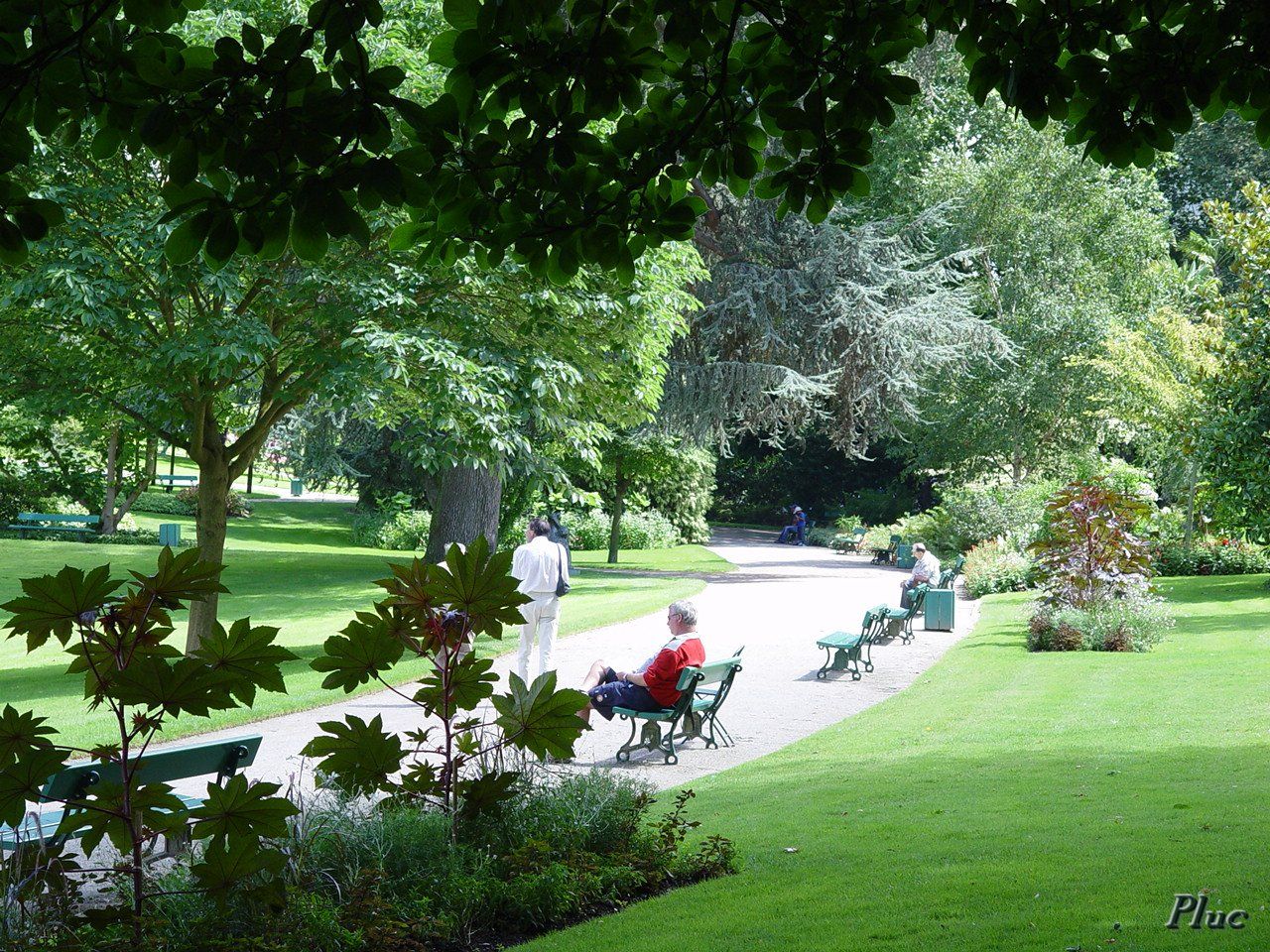
from gardenvisit.com
Beautiful gardens, national parks from all around the world! Please take a tour, and enjoy!





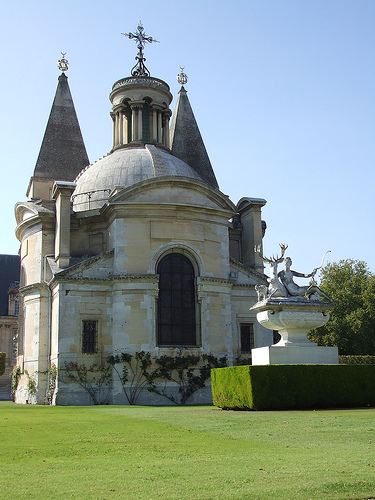
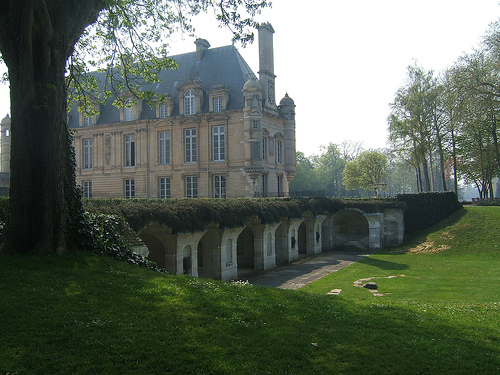


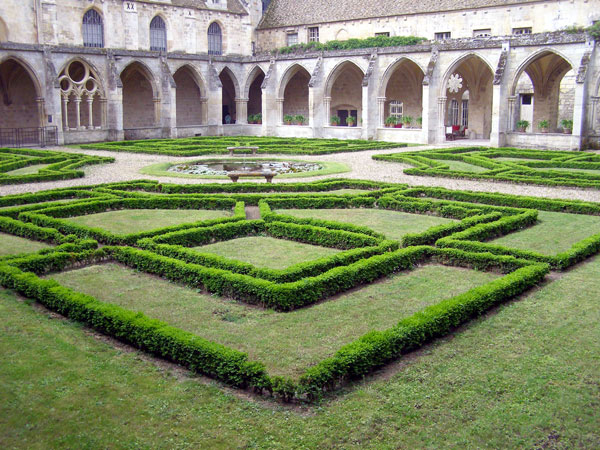

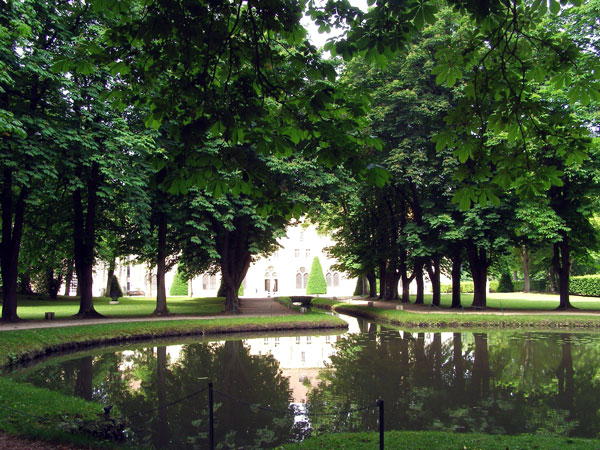

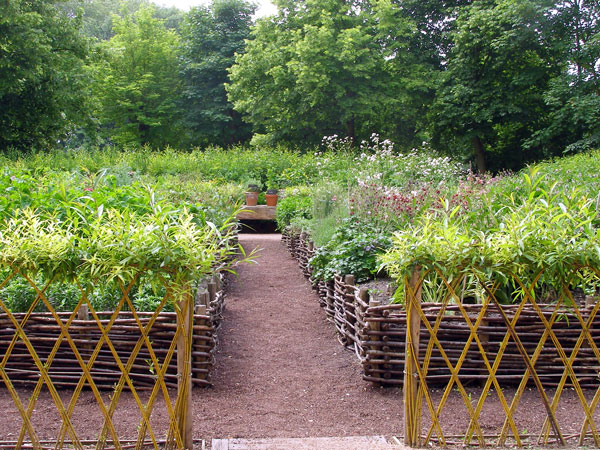


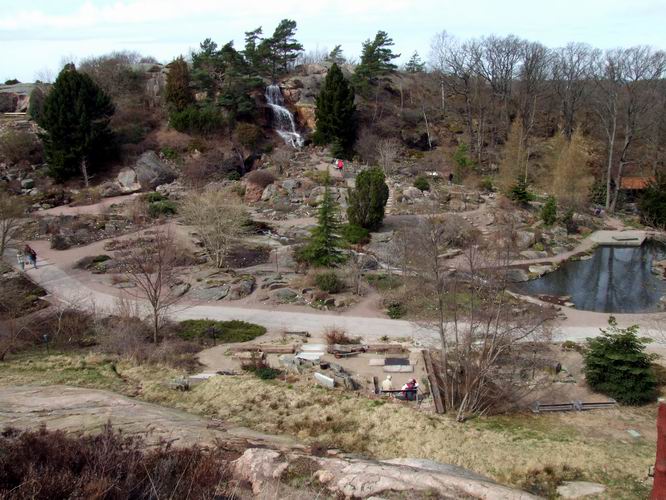
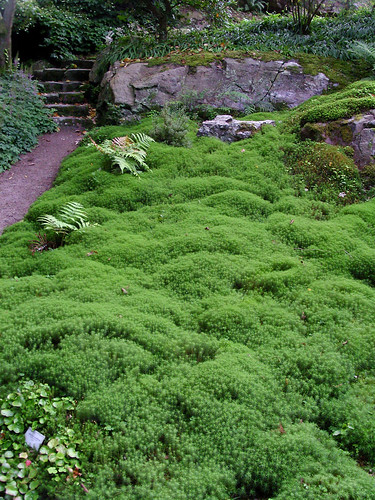
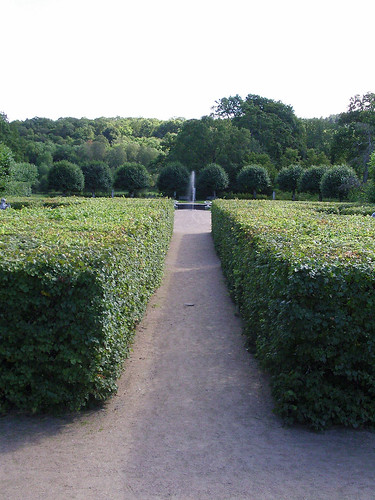
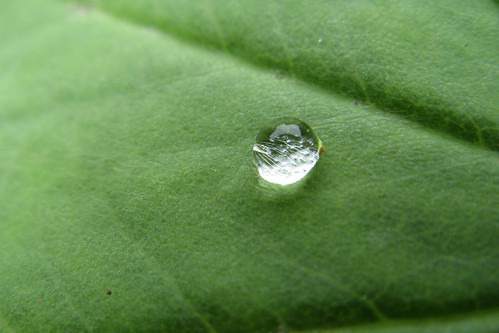

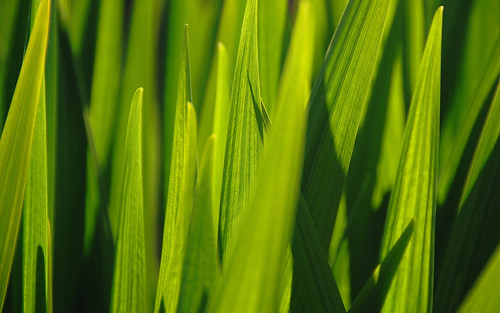
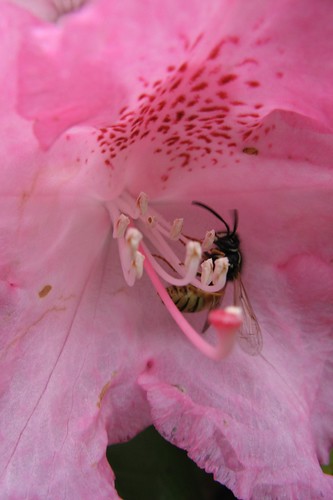







|
|
|
|
| | |||
|
|






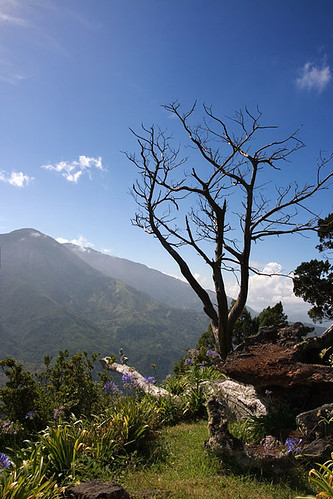


 credited from fiwiroots.com
credited from fiwiroots.com

 credited from jamaica-gleaner.com
credited from jamaica-gleaner.comBecause of the strong structural element to the garden and the use of plants which remain interesting in the winter the garden is still beatiful in the winter.
Masses of euphorbias and hellebores and many other plants mean that spring is wonderfully fresh and verdant in the jardin plume .
Autumn is my favourite. All the grasses and cimifugias make the backdrop to the asters and helianthus etc a bit like a firework display. Magic.
Added to all this there is a fabulous garden centre where you can buy most of the plants grown in the garden.



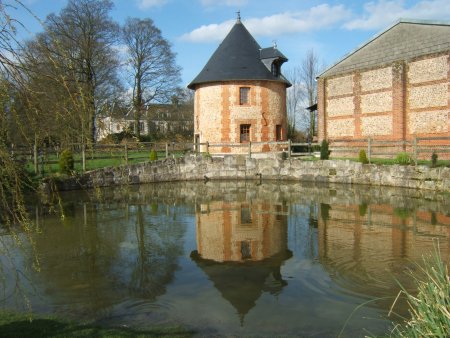 credited from french-gardens.com
credited from french-gardens.com
